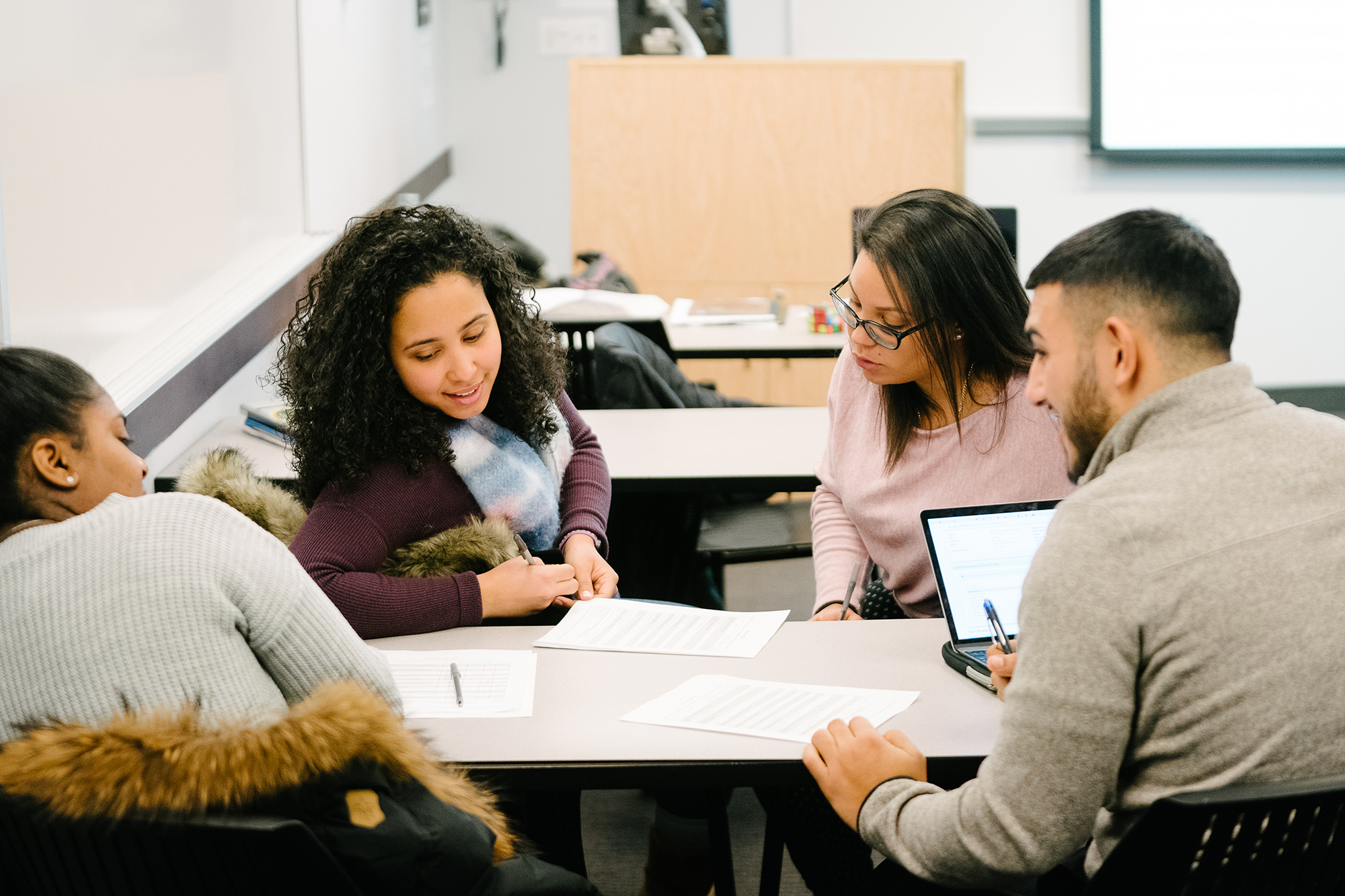Definition: Supplemental Instruction (SI) is an academic assistance program that utilizes peer-assisted study sessions. SI sessions are regularly scheduled, informal review sessions in which students compare notes, discuss readings, develop organizational tools, and predict test items. Students learn how to integrate course content and study skills while working together. The sessions are facilitated by “SI leaders”, students who have previously done well in the course and who attend all class lectures, take notes, and act as model students.
Purpose:
- to increase retention within targeted historically difficult courses
- to improve student grades in targeted historically difficult courses
- to increase the graduation rates of students
Participants: SI is a “free service” offered to all students in a targeted course. SI is a non-remedial approach to learning as the program targets high-risk courses rather than high-risk students. All students are encouraged to attend SI sessions, as it is a voluntary program. Students with varying levels of academic preparedness and diverse ethnicities participate. There is no remedial stigma attached to SI since the program targets high-risk courses rather than high-risk students.
The SI model involves key persons:
- The SI Coordinator is a trained professional who is responsible for identifying the targeted courses, gaining faculty support, selecting and training SI leaders, as well as marketing and evaluating the program on an ongoing basis.
- The faculty members of the identified historically difficult courses invite and support SI. Faculty members screen SI leaders for content competency and approve selections as well as collaborate with the SI leaders and Coordinator on a regular basis.
- The SI leaders (“near peers”) are students who have been deemed course competent and have been approved by the course instructor and the SI Coordinator. They are trained in proactive learning and study strategies as well as facilitation skills. SI leaders attend course lectures, take notes, read all assigned materials, and conduct three to five out-of-class SI sessions a week. The SI leader is the “model student”, a facilitator who assists students to integrate course content and learning strategies.
- Students participating in the SI sessions, although mentioned last, are the most crucial component of SI. SI is introduced to specific historically difficult courses. These courses frequently are introductory or “gatekeeper courses” but also include upper level undergraduate courses and courses in professional schools.







